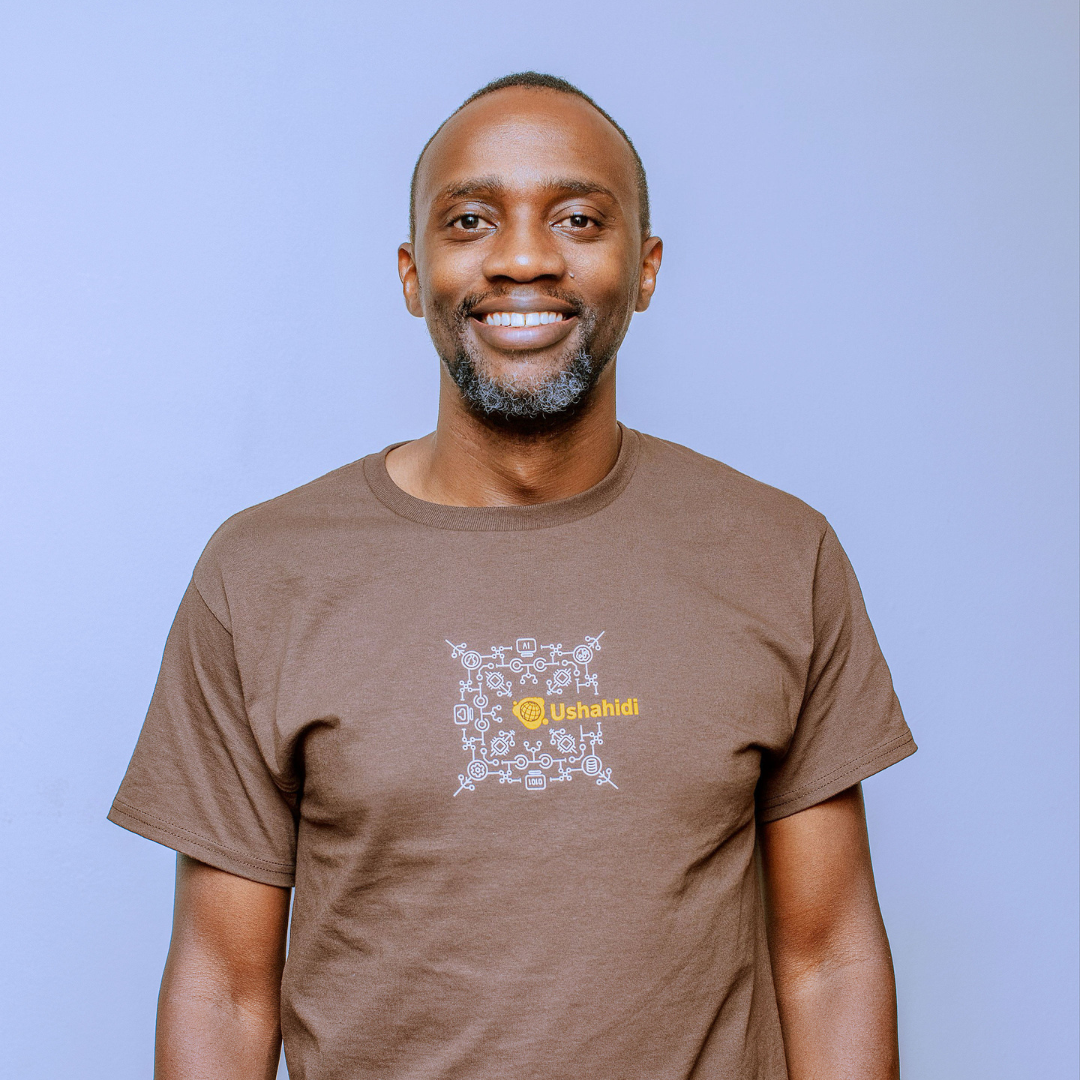The Anatomy of a Successful DREAMS Partner

Mar 12, 2018
From late January to early March this year, I had the privilege of visiting most of our partners who are working with us on the DREAMS program. DREAMS has the overarching goal of reducing the rate of HIV infections in 10 sub-saharan countries. Our project specifically seeks to enhance the technical capacity of our partners to collect and make use of near-real time feedback data from their target populations - mostly Adolescent Girls and Young Women (AGYW) to improve decision making. We make a point of visiting our partners regularly to see firsthand how they are fairing with the platform but this time I also wanted to try and answer a question that has been on my mind for a while - what common factors constitute a successful partner?
For starters, I looked at the location within which they work. Our project operates in 3 countries, Kenya, Uganda and Tanzania. So far we have 14 active partners in the project operating in a mix of localities - from informal settlements in urban areas such as in Mathare, Kiambiu and Kibera in Nairobi to semi-urban and rural areas in Kisumu, Homa Bay and Siaya in Kenya. In Uganda partners operate in areas such as Rakai, Mukono, Gulu, Gomba and Oyam and Kahama in Tanzania. Next I looked at the their areas of focus but this was equally diverse with a mix of partners implementing the DREAMS Core package as well as fellow Innovation Challenge partners.
I thereafter tried to understand the profile of the organizations but here too was met with quite a heterogeneous mix. We have within the complement of partners, smaller teams of 10 or fewer to organizations with hundreds of staff. We have organizations operating in a single vicinity while others have footprints that span across continents. We have International NGOS, Community Based organizations, Private organizations, Social enterprises - you name it. The population segments they serve are also spread, from teenage girls still in school to young women and even older women and caregivers and/or parents and guardians.
With these observations I realised what makes partners succeed is not their nature but rather their make-up. When I looked into this, I began to see some common factors that connect . The first is heart. Across the board, I saw partners that have a heart for the populations they serve. All our partners signed up on voluntary basis with the main incentive being able to hear the voices of those that they serve directly. That partners wanted to do so of their own volition is testament to how highly they regard these voices and how keen they are to examine their own work based on this feedback. In one instance, a partner was so eager to respond to the feedback they were receiving that they were calling up our staff right up to Christmas for support.
The second is head - direction from the top. The leadership of the organisations that have fully bought into the platform are the ones most likely to gain traction. During our visits we would make a point of spending some time updating the organisation and/or project leads or chiefs of party on the progress of our project in the 3 countries. The organisations that had their leadership as the champions had the vision translated to their teams and in turn much better uptake. I got excited during these briefings when a CEO would drill down to the nitty gritties about the project or ask questions relating to their own user accounts on the platform as that would often be an indicator of the usage downstream.
Third, is hands. The platform enables partners to save a lot of time and operate significantly more efficiently when collecting data from the people they serve, for instance, they can get data from hundreds of people almost instantaneously where it would have probably required several days of travel to meet the respondents. However, there is still some work to be done by the partners. This often means assigning staff who will be primarily responsible for the data on the platform, responding quickly to the feedback. Importantly it means making sure that the data from unstructured data sources like SMS is converted to a more usable format to ease manipulation and analysis.
Finally, feet. Some of the highest response rates have been recorded where the respondents feel an active connection to the organisation requesting feedback. This may have been during a large group meeting or when accessing a service provided by the organisation, or outreach to let them know about the availability of a service. But this means going to where they are and forming those connections, which the organisations can rely on when they ask for feedback often days, weeks or even months thereafter.
The Ushahidi and Sawa World Teams at the Sawa Solution Centre in Kampala, Uganda
In conclusion, I want to salute all our partners who have shown heart, led with their heads, worked with their hands and have gone with their feet to make sure that AGYW can raise their voices: ACWICT, AMURT BHESP, Brick by Brick, Global Communities, Hope Worldwide Kenya, Healthy Entrepreneurs, HOVIC, ICS Kenya, ICS Tanzania, NIGEE, Sawa World, WizArts and World Vision Uganda - we are honoured to be associated with you.